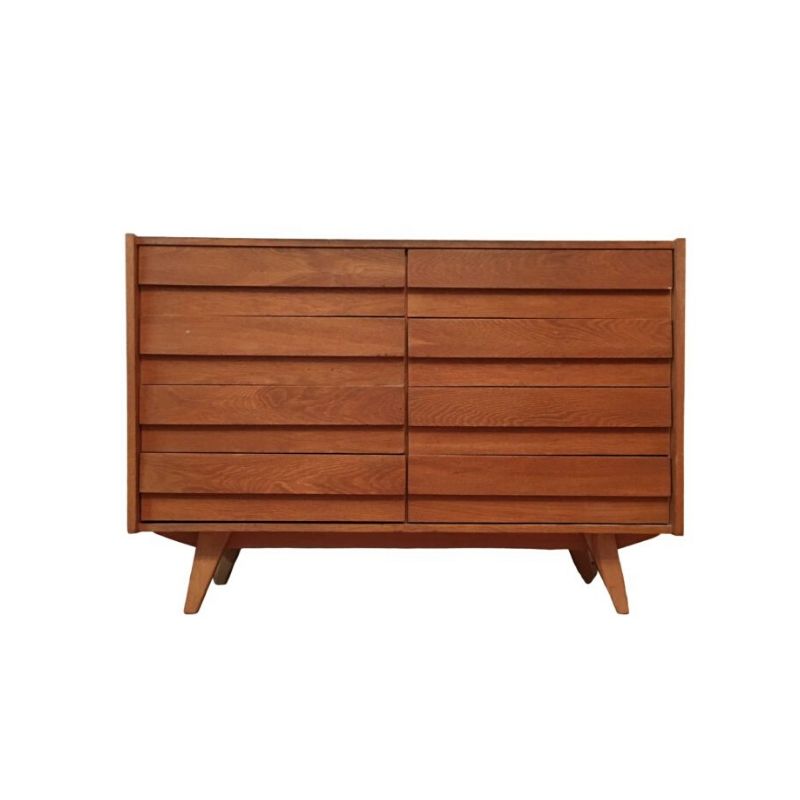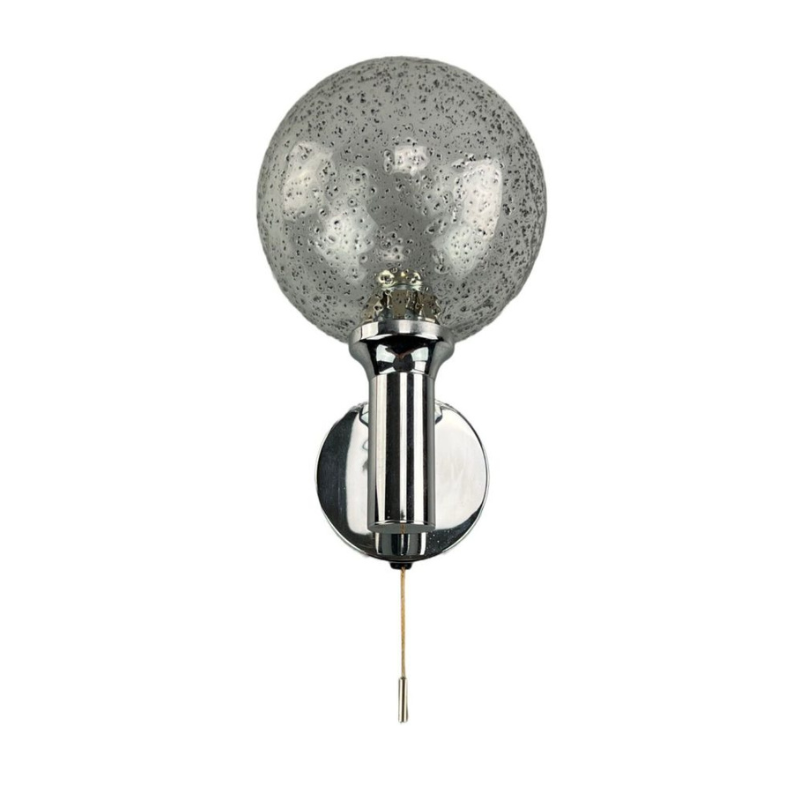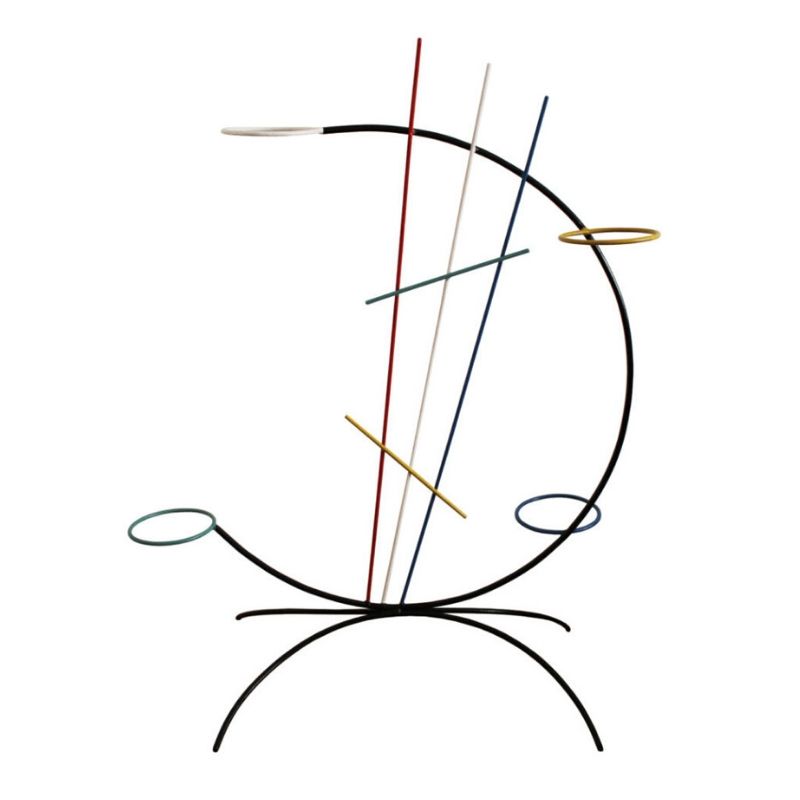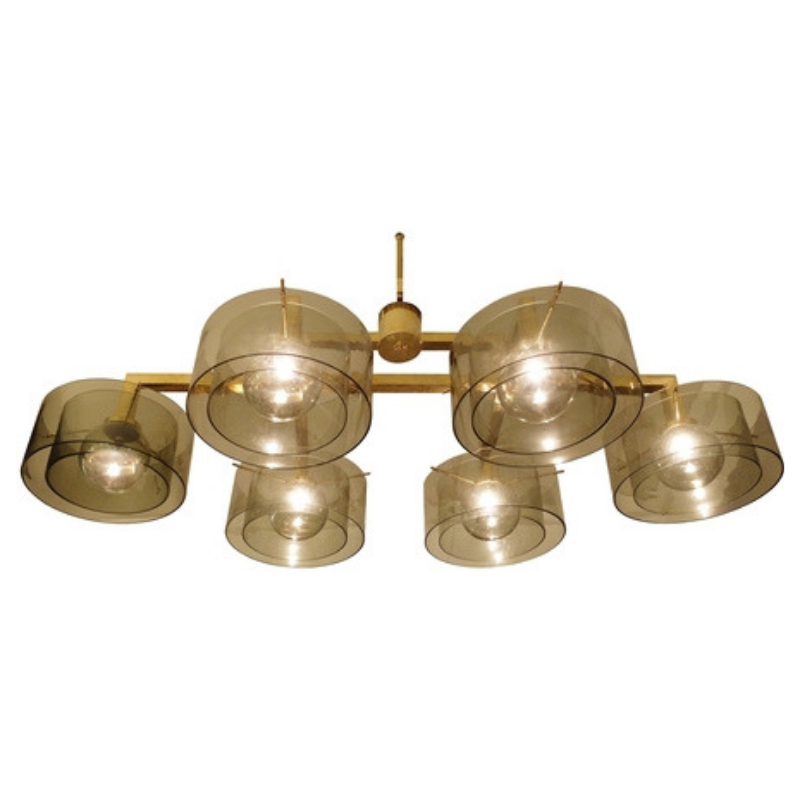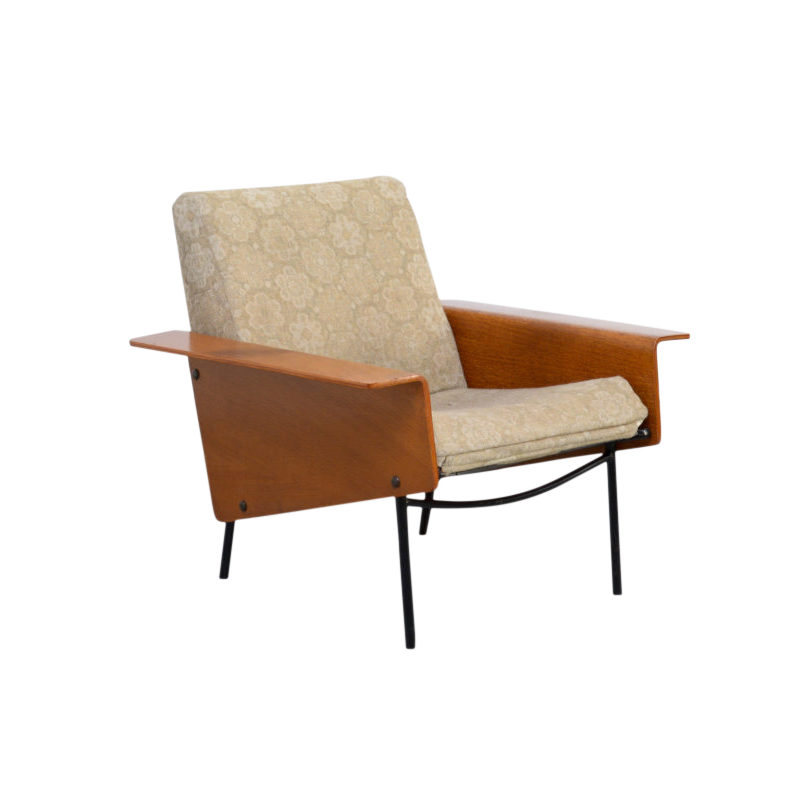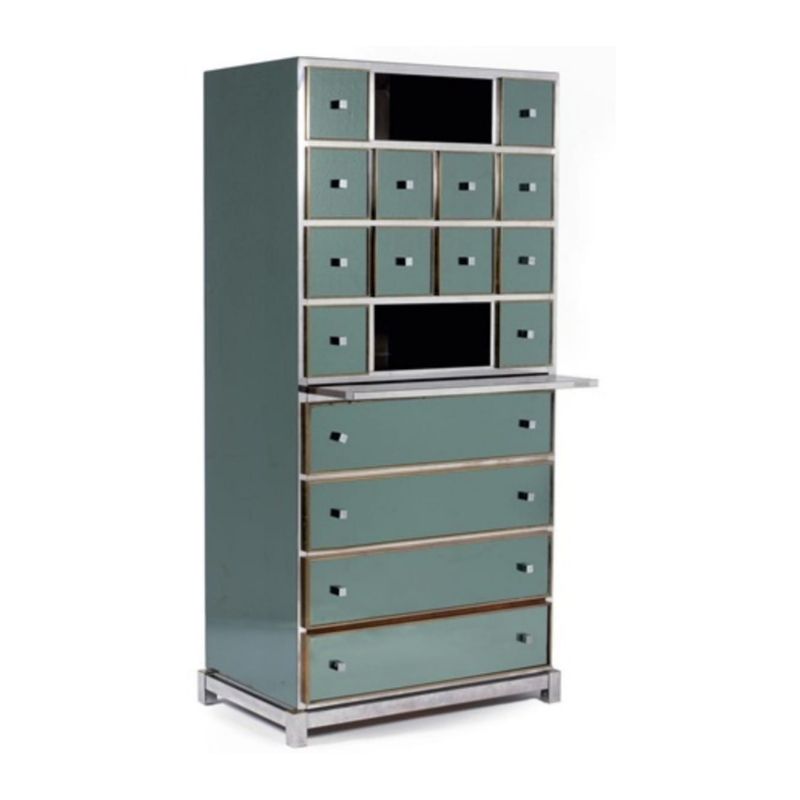Hello, I found these chairs several years ago in a small farming town in Northern Arizona. The person that sold them to me didn't know anything about them. What I have found, are items similar, but the dozens I have seen online all have a simple weave compared to these. It appears that the weave on one is held together by two nails on one side of the bottom of the chair, while the other one has a single nail on both the left and right sides of the bottom. There is only one nail head for each chair on the back rest. The original H. W. chairs look like they have an opening big enough to put your hands through and carry them, while these, just have an opening big enough for the woven material to go through. They are in very good condition. There are no marking or stamps that I have found. Can anyone share information about these chairs with me? <img class="wpforo-defaul
<img class="wpforo-defaul
Those are an "inspired by Wegner" design, not a reproduction, which would be an exact copy. Most of the chairs in this style were made in Yugoslavia though I think Italy and maybe also Japan produced some, too. I have never seen yours before. They look like they may have been a one-off project by a local woodworker, or maybe they were made in Mexico.
The weave is very different--it is done in a rush-type material instead of the usual paper cord or braided cord. I think that kind of rush was and still is a common material in Mexican handcrafts and stuff made in the southwest US. The European versions of this chair (not including Wegner's) are almost always made of beech. I'm not sure what wood yours are. The closeup of the slots on the side shows rather primitive technique, i think.
The difference in the placement of the nails has no significance---that's just where the ends ended up when the weaving was finished.
If you need any help, please contact us at – info@designaddict.com



